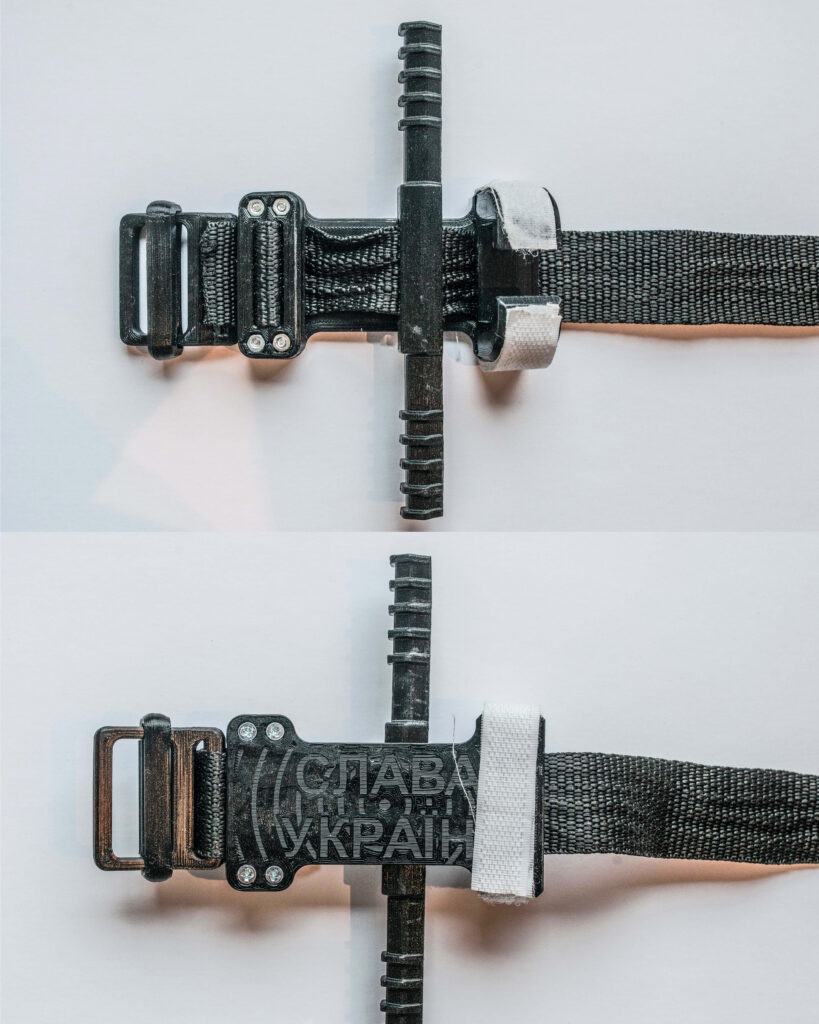
Could 3D-printed tourniquets be a low-cost and prompt solution for supplying remote frontlines in war?
Some time ago, we released a paper in the Journal of Special Operations Medicine. The conflict in Ukraine created a requirement for quick delivery and resupply of tourniquets to the front. Manufacturing tourniquets close to the battlefield was a viable option in terms of resupply and cost. Thus, 3D printing of tourniquets appeared to be a feasible option.
One important question that arose was whether the tourniquets printed using 3D technology were good enough.
Upon conducting a comprehensive test within a controlled laboratory setting, our observations indicate that the 3D-printed tourniquet which we had in our possession performed equivalently to the commercially available tourniquets in terms of its ability to sustain pressure. This finding is particularly noteworthy, as it suggests that this innovative design may offer a cost-effective and viable alternative to conventional tourniquets. Our results may be of interest to medical professionals, researchers, and other stakeholders involved in the development and implementation of medical devices.

Certain benefits exist in producing tourniquets near the frontlines, including ease of logistics, lower cost, and better self-sufficiency.
It is crucial to keep in mind that there are a few potential issues to consider when manufacturing tourniquets. The most pressing concern is to ensure that each tourniquet is of the highest quality and will not fail during an emergency, as this could lead to catastrophic consequences. It’s worth noting that tourniquets produced locally may not undergo standardized quality checks such as CE marking or have a CoTCCC recommendation.
I understand that there is significant commercial interest in medical equipment. While using 3D-printed tourniquets may be controversial, I still believe they should be considered in certain contexts. For everyday use, I would recommend commercial and approved tourniquets. However, in situations where one is working remotely and far away from resupply, 3D-printed tourniquets could be a feasible option.




